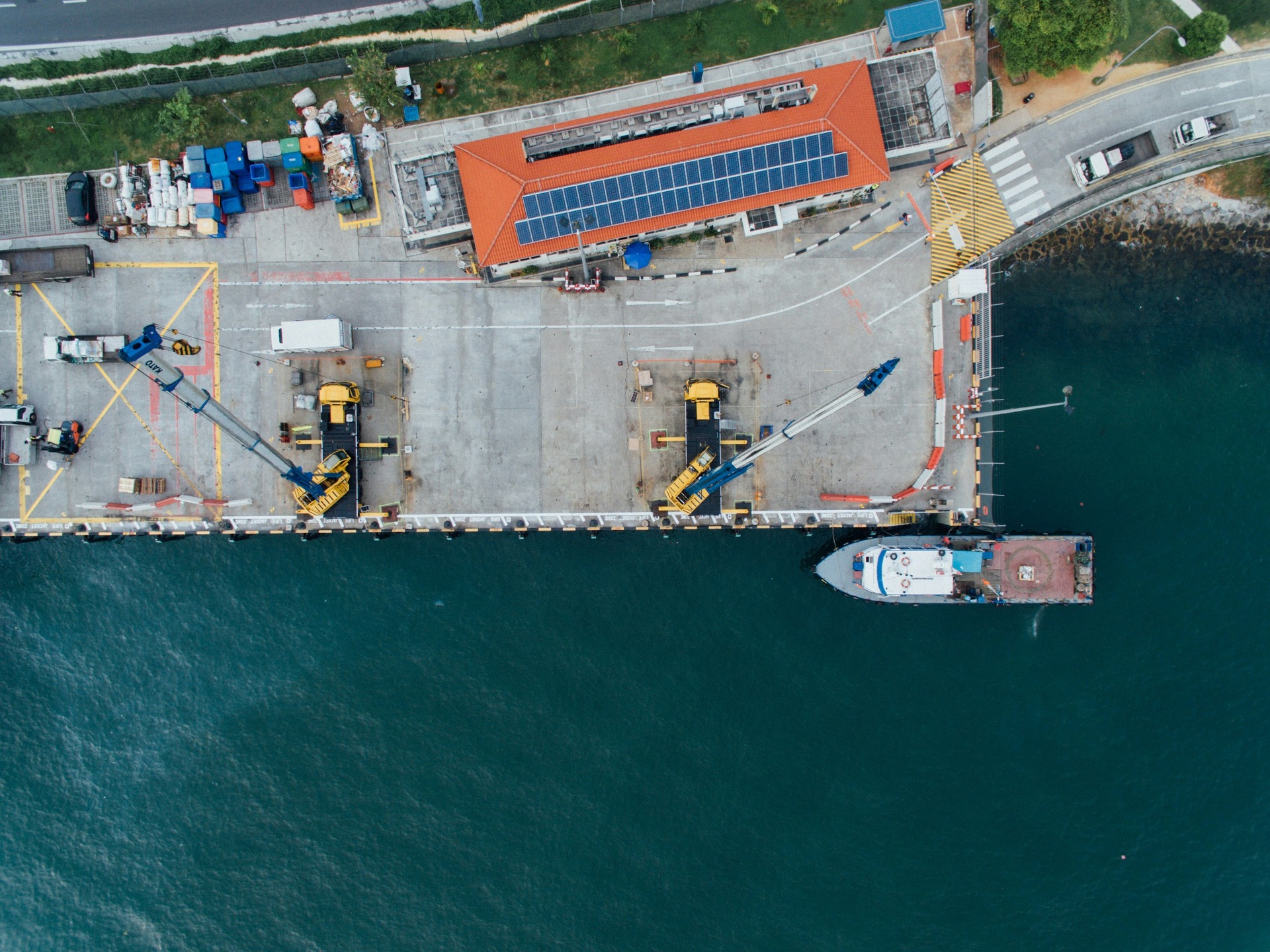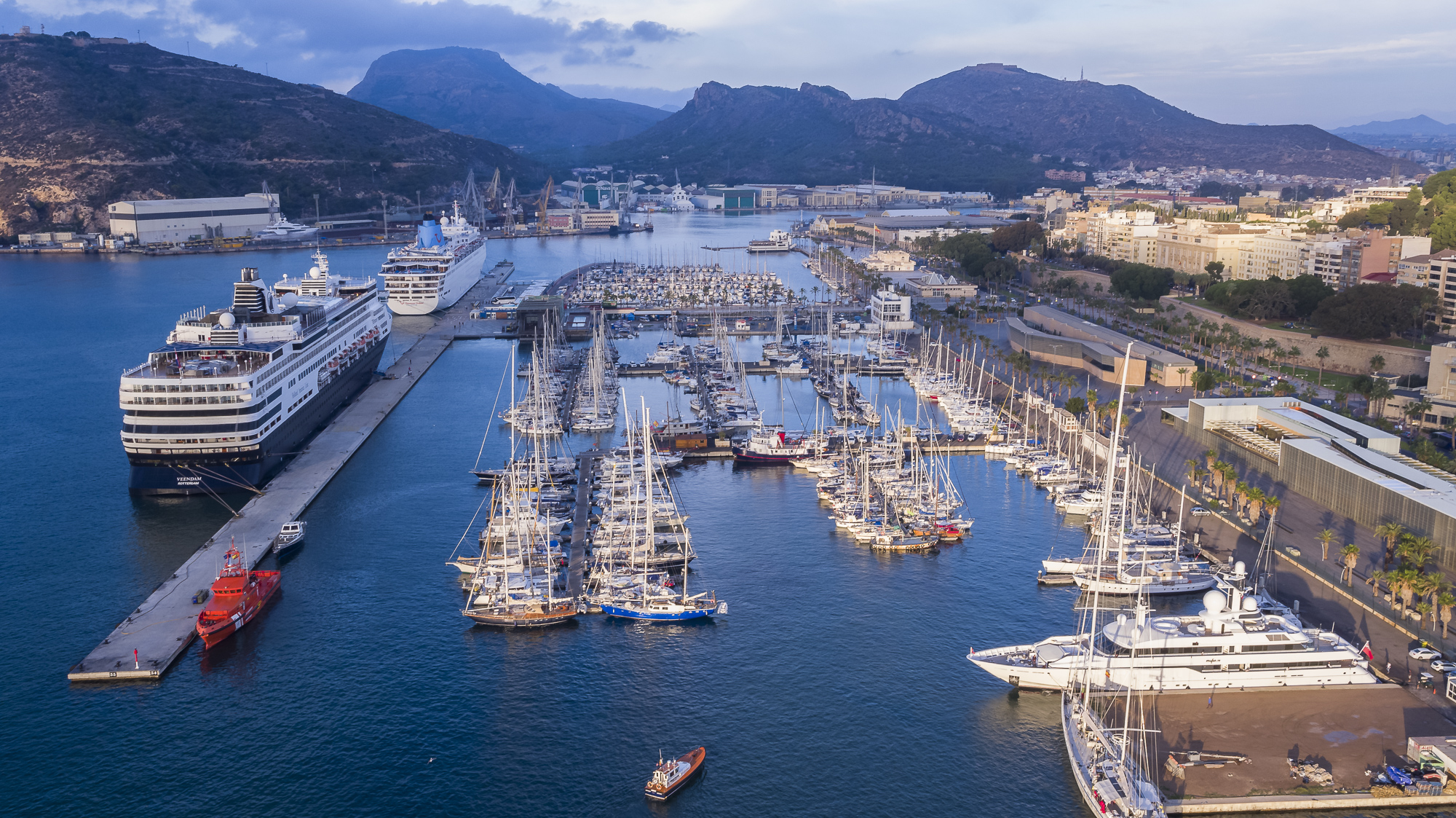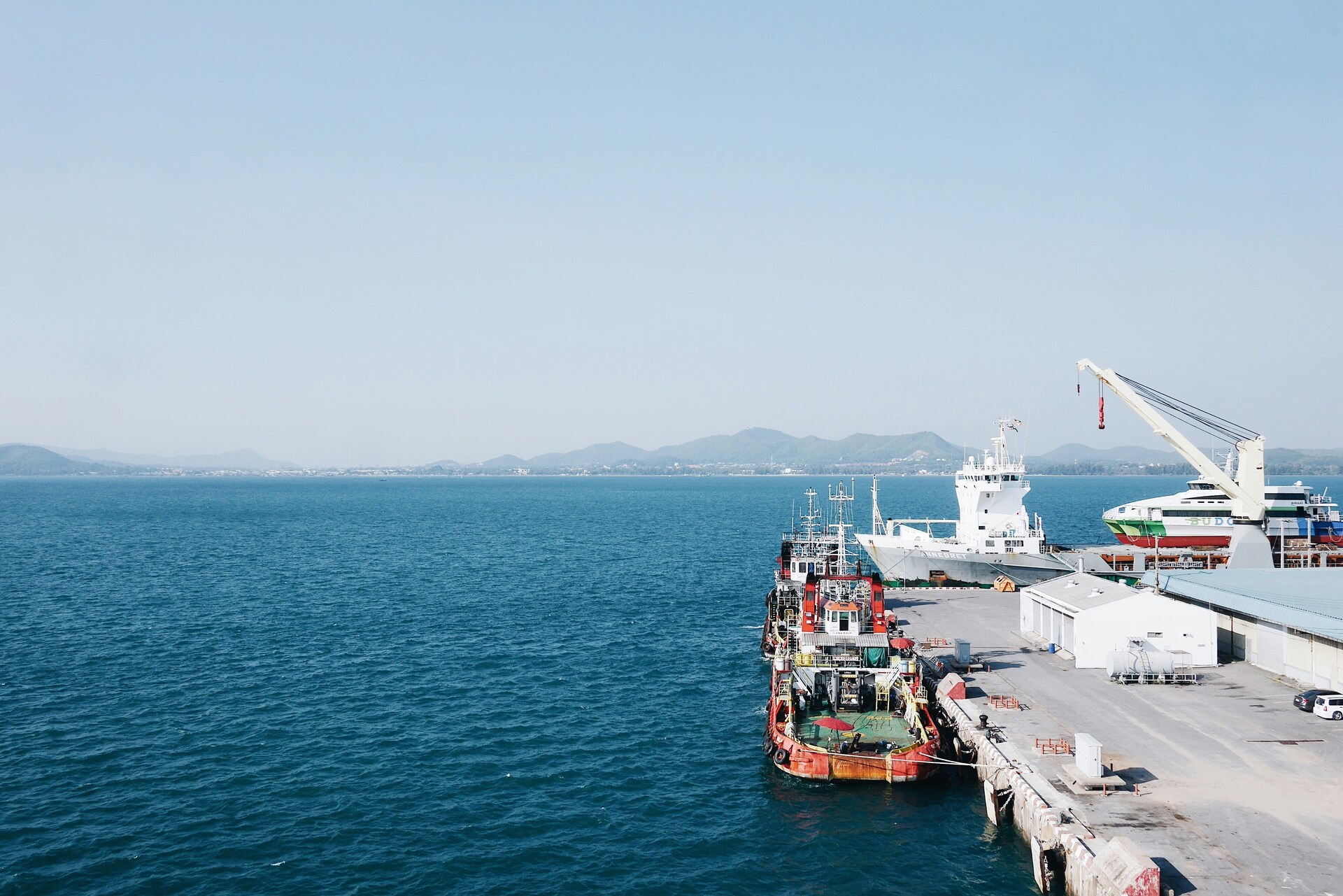At CEF Sustainability we boost economic activity and employment through an efficient and sustainable transport system.
Biofuels: Driving a greener future at the Port of Cartagena
Connecting Cartagena to the world: A new dock for global trade
Implementación de energía eléctrica a partir de enegía fotovoltaica e hidrógeno verde durante el atraque

CEF Sustainability, Basic Infrastructure to Improve the Efficiency and Sustainability of the Port of Cartagena
The project seeks to boost the economy and employment by creating a combined transport system that is efficient, sustainable and generates added value. The goal is to integrate the Port of Cartagena into the European distribution and trade networks, modernising its infrastructures to meet the new demands of the logistics sector.
Project co-financed by the European Commission
At CEF Sustainability we are committed to the sustainability of the Port of Cartagena.
Project number:
INEA/CEF/TRAN/M2020/2430126 - 2020-ES-TM-0008-S



OBJECTIVES
Current Challenges for the Port of Cartagena
The port faces important challenges such as the decrease in cargo traffic since 2017, especially of large vessels, due to the shallow draft of the port. In addition, the need to decarbonise transport impacts the port in two different ways, on the one hand it must adapt to the new logistical needs of the adjacent Escombreras refinery, and on the other hand it must meet the growing demand for renewable energies by ships.
Keys to the process
Proposed solutions
In order to regain competitiveness and improve infrastructure, this project focuses on three solutions
The three solutions proposed by CEF Sustainability seek to modernise the Port of Cartagena, making it more efficient, sustainable and competitive, facing the challenges of the future and contributing to the decarbonisation of the maritime sector.

Adaptation of land to accommodate a renewable energy facility
This work includes the demolition of obsolete structures and site preparation of a plot of land adjacent to the Cartagena dock. A characterisation of the land is being carried out to identify areas requiring intervention and adaptation and improvement measures are being implemented to optimise the use of this space to house a renewable energy facility to enable emission-free electricity supply to ships at berth.

Enlargement of the E-19 Front
This project contemplates the extension of the quay in the E-19 sector, which will allow greater operational capacity and improve the infrastructure necessary to receive vessels of different sizes related to the manufacture of alternative fuels. With this extension, the Port of Cartagena will be able to manage the different raw materials that alternative fuels such as biodiesel or bioethanol require for their production, optimising unloading times and reducing bottlenecks in operations.

Strategic environmental study of the Master Plan
As part of the commitment to sustainability, a strategic environmental study is being carried out to assess the impact of the port's Master Plan on the natural environment. This analysis ensures that all interventions comply with environmental regulations, minimising the ecological impact and promoting a more sustainable development in the long term, while allowing for an improvement of the port's commercial competitiveness thanks to a new Container Basin.
Current status of projects
Work in progress
The Port of Cartagena is moving forward with a number of key initiatives which form part of its modernisation and operational improvement plan.
These actions not only seek to increase the port’s capacity and efficiency, but also to ensure that improvements are made in a sustainable manner and aligned with the needs of the environment and long-term operations. Work underway includes major demolitions, strategic expansions and environmental studies that will define the future of the port.

Preliminary studies
Data collection, characterisation of the environment, geotechnical, feasibility and environmental impact studies.

Technical projects
Detailed design of infrastructure, including plans, technical specifications and budgets.

Cost-benefit analysis
Assessment of the economic and financial viability of the project, as well as its social and environmental impact.
Strategic environmental study of the Master Plan
Work done
Preliminary sedimentation studies, assessment of posidonia meadows, seafloor mapping, assessment of benthic communities, study of effects on fishing activity, etc. Strategic Environmental Study of the Port Master Plan.
Work in progress
Holistic study on the influence of the construction of the new harbour. Authorisation dossier for a marine enclosure.
Construction of a photovoltaic installation to supply ships with electricity during berthing.
Work done
Soil and water characterisation on the site (former foundry site) Basic projects for connections and substations Plot preparation project (former smelter plot) (in progress)
Work in progress
Construction projects for service connections and substations
Upgrading of the E19 frontage to allow berthing of biodiesel tankers
Work done
Geotechnical study. Feasibility study of alternatives. Manoeuvring, maritime climate, economic and financial, operational, berthing and mooring, beaconing and lighting, waste management, etc. studies. Construction project. BIM and Digital Twin implementation project (in progress).
Work in progress
Eco-energy rack phase 1 (tendered, pending final award)
The Future
The future of the Port of Cartagena is envisaged as a more competitive, sustainable and internationally connected logistics hub.
With the infrastructure improvements, the port will be able to attract higher volumes of traffic, including vessels of different sizes, which will enhance its role as a key node in the trade routes between Europe, Asia and the Arab countries.
In addition, the integration of sustainable practices will enable it to consolidate its position as a green port, committed to environmental protection and energy efficiency. In the coming years, the Port of Cartagena could become a reference in logistics innovation, with expanded capacities and greater diversification of its range of services, boosting both regional and international trade.



